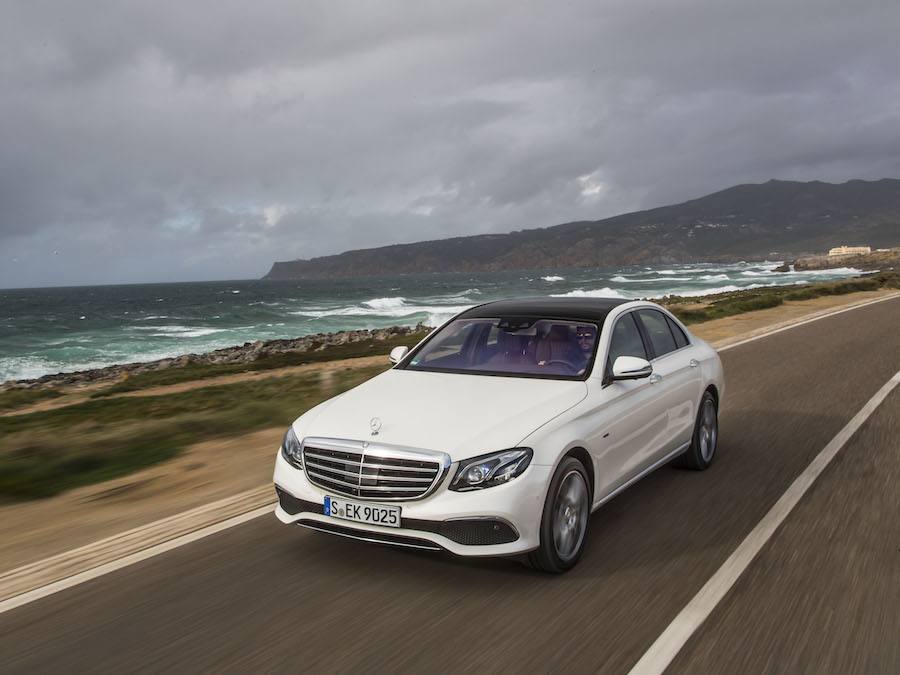Published on March 8, 2016
Mercedes-Benz E 350e PHEV review
The plugin hybrid version of the all-new Mercedes E-Class doesn't arrive until 2017, but we've already driven it.

Shane O' Donoghue
-->






























